Once you enter a temple passing through the Sanmon gate, you may feel a crisp atmosphere of being in the sanctuary of the Buddha. Buddhism has developed through the advocacy of new doctrines in response to the demands of the times.
World Heritage Sites
Todaiji Temple
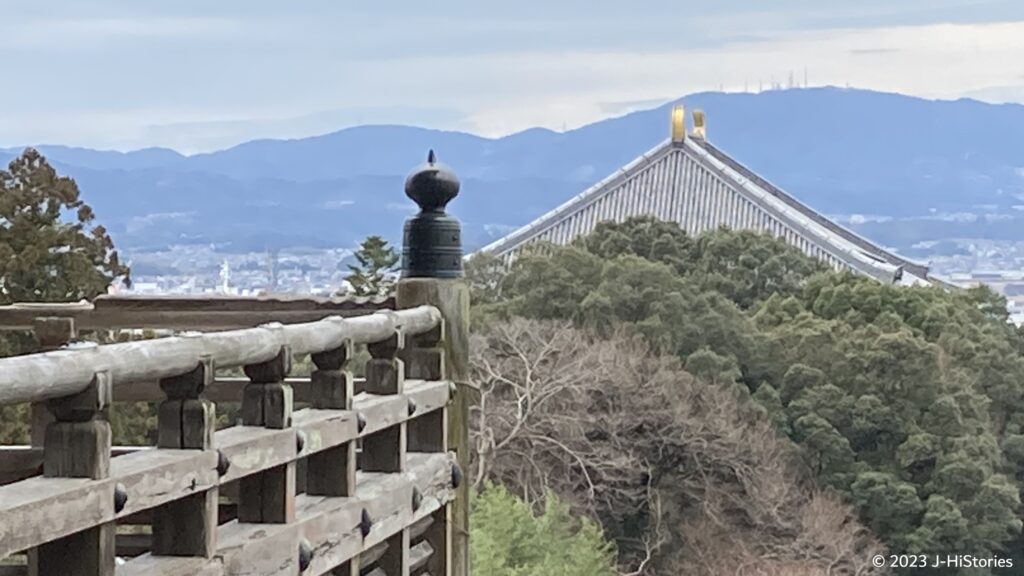
Located directly to the east of the Heijo-kyo palace, what did Emperor Shomu aim for by the establishment of Todaiji? How deeply did Shomu want Buddhism's support?
Kofukuji Temple
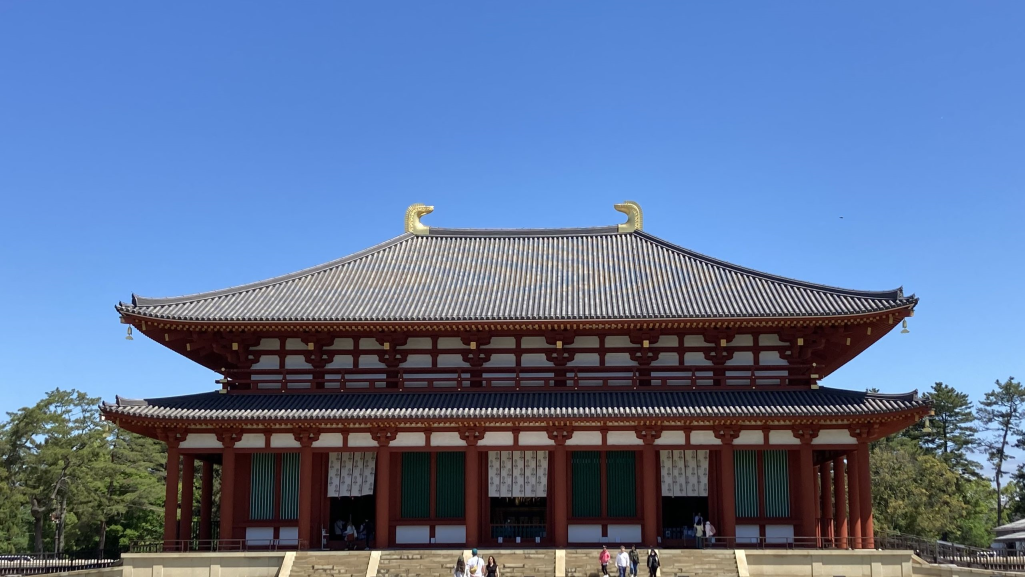
Kohfukuji is the family temple of the Fujiwara clan, which had maintained a central role in Japanese politics for over 1,300 years. Why is it possible?
Toshodaiji Temple
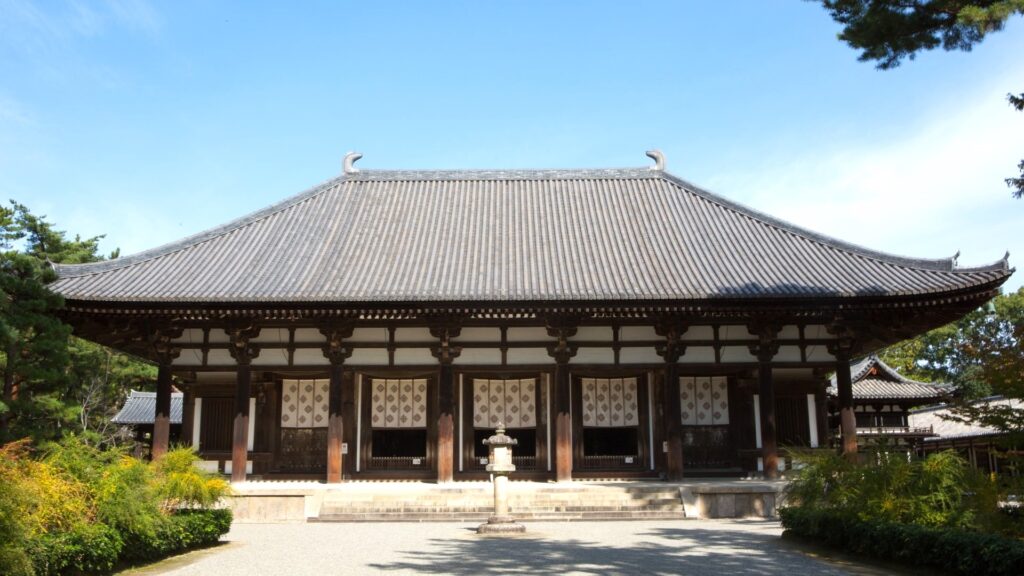
Toshodaiji was founded in 759 by Ganjin. Ganjin brought the precepts to Japan at the request of Emperor Shomu after five failed journeys.
Horyuji Temple
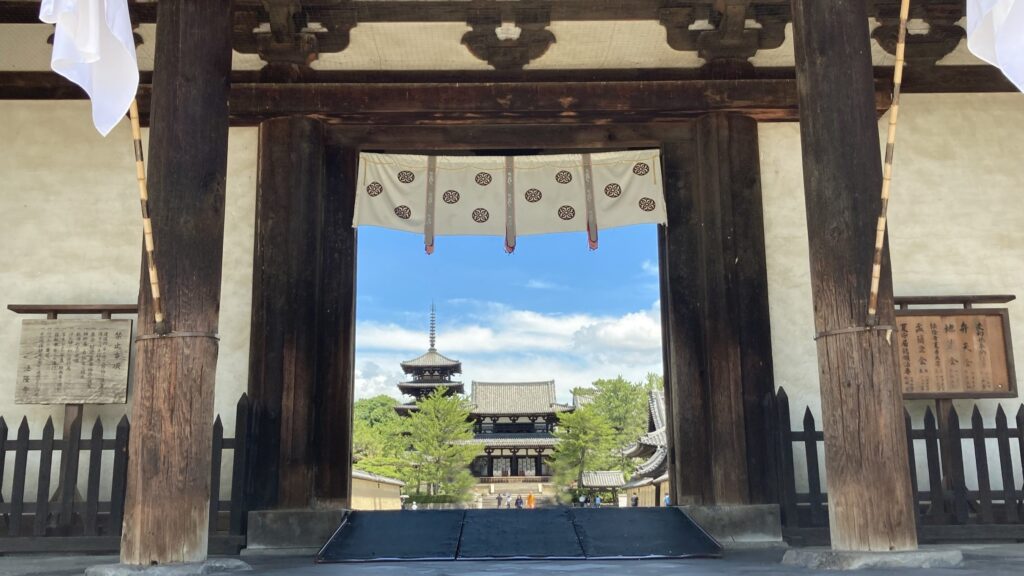
The world's oldest wooden temple was built by Prince Umayado, who established Japan with Emperor Suiko and Minister Soga based on Buddhism.
Byodoin Temple
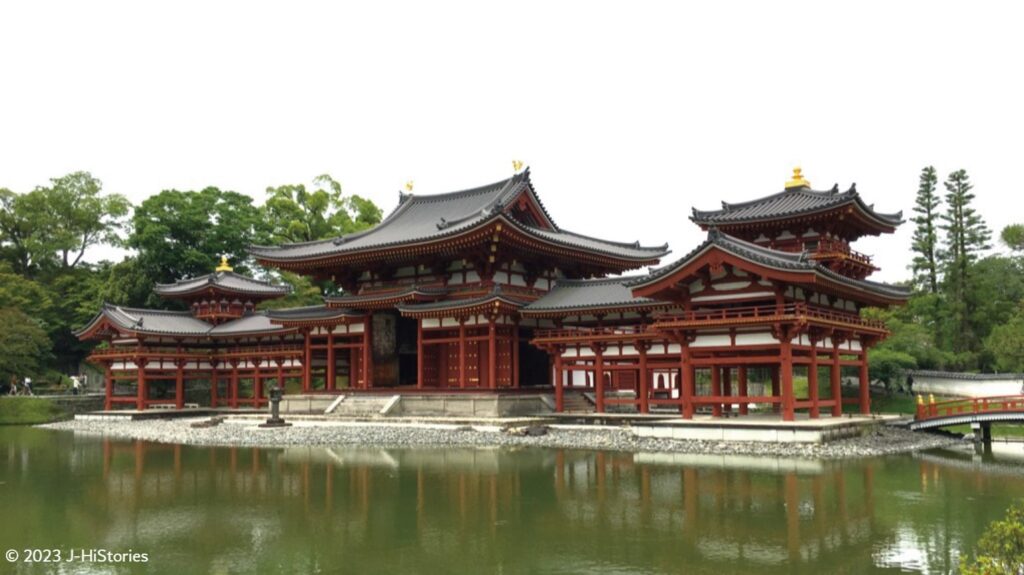
A supreme court noble, Fujiwara Yorimichi's dearest wish seemed to be realized at Phoenix Hall. What was his earnest wish? Why did he build Byodo-in Temple?
Sanjyusangen-do Hall
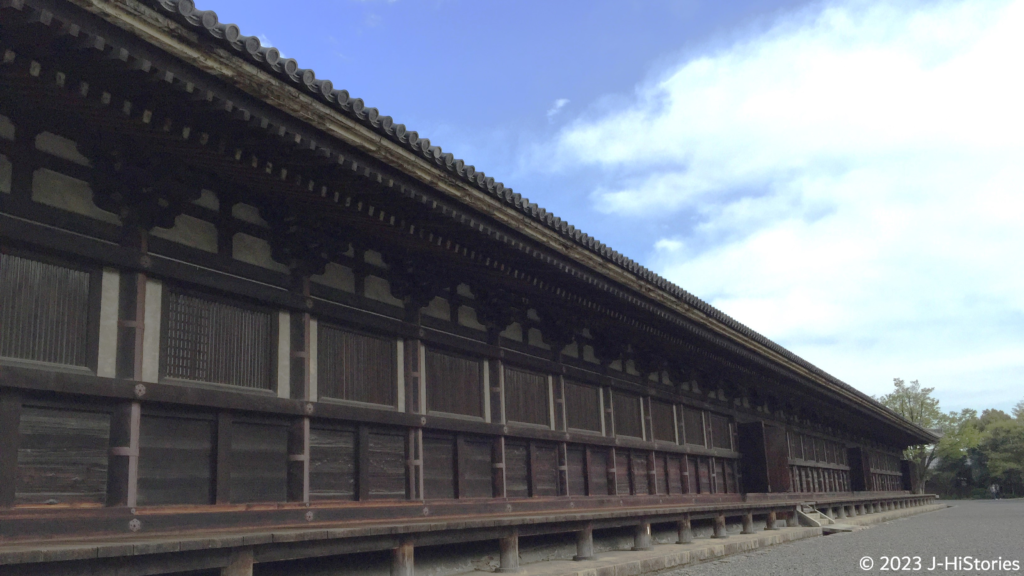
Emperor Go-Shirakawa built it to pray for the safety and prosperity of the nation and its people. The number Sanjyusan(33) represents Kannon’s 33 incarnations.
Chuson-ji & Motsu-ji
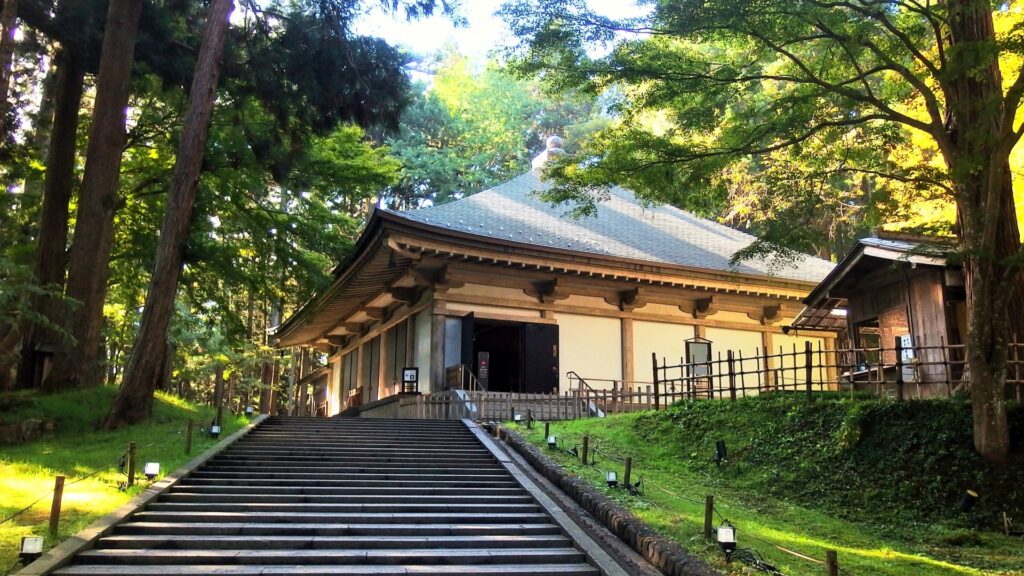
Fujiwara Kiyohira's aspiration for a peaceful Tohoku by establishing the Buddhist Pure Land with two temples in Hiraizumi after decades of battles. In 2024, Chuson-ji marks the 900th Anniversary of Its Construction.
Daigoji Temple

After enjoying the cherry blossom viewing party at Daigoji, Hideyoshi constructed a sophisticated garden for Emperor Goyozei for his visit.
Saihoji (Moss Temple)
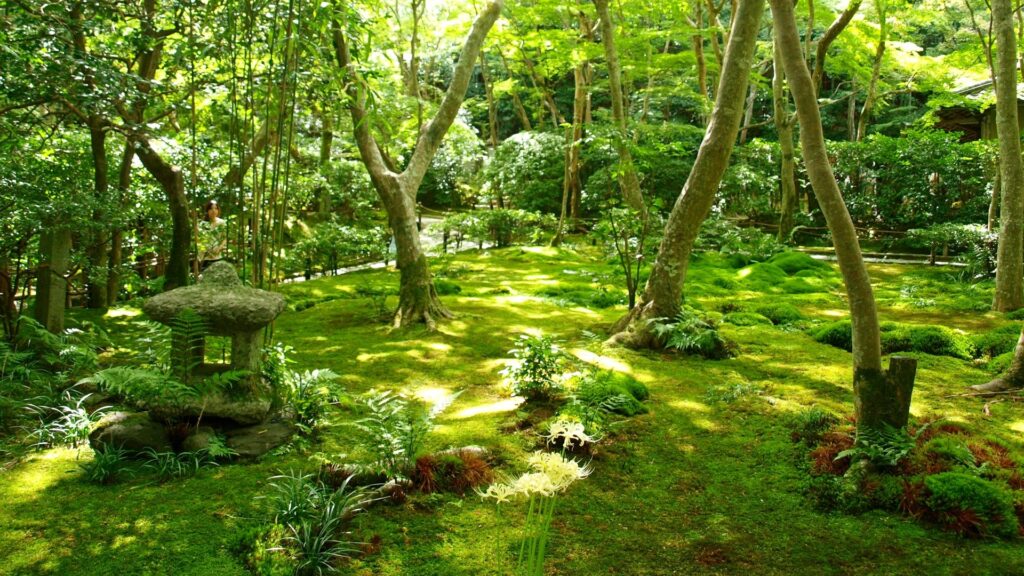
This enchanting temple boasts a 5,000 square meter garden adorned with approximately 120 distinct varieties of moss, creating an exquisite tapestry that resembles a lush green carpet.
Kiyomizu-dera Temple
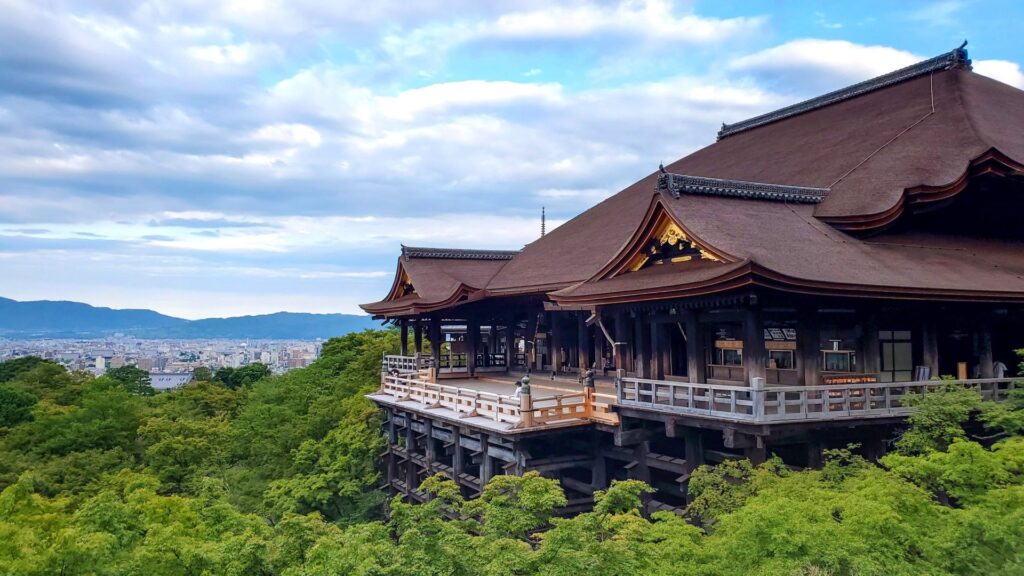
A court noble Shogun, Sakanoue-no-Tamuramaro, pacified the Tohoku region with the blessing of Kannon's divine power of Kiyomizu-dera Temple
Three Great Pavilions in Kyoto
Kinkakuji (Golden Pavillion)
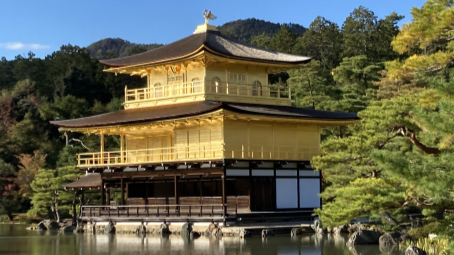
Golden Pavilion's three-story architecture represents, from the top down, Buddhism, Samurai, and Court Nobles. Shogun Ashikaga Yoshimitsu's power is expressed.
Ginkakuji (Silver Pavilion)
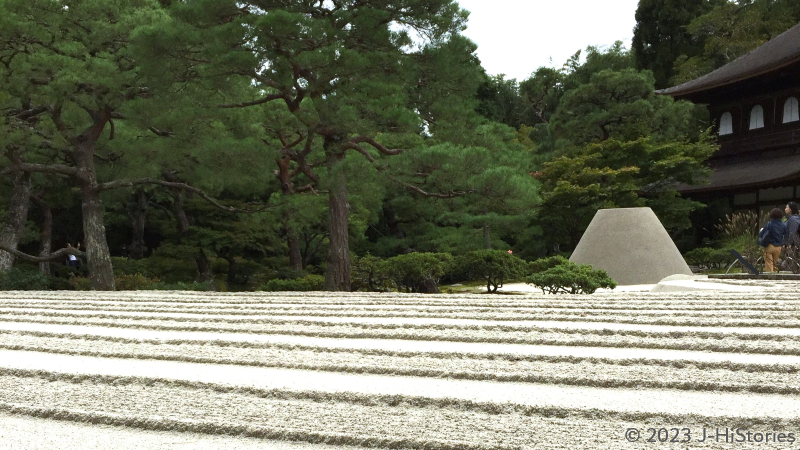
Ginkakuji Temple was a Moon-Viewing Temple built by Shogun Ashikaga Yoshimasa. He failed his politics but was vital in establishing the Higashiyama "Wabi-Sabi" Culture.
Hiun Pavillion
New Buddhism schools
Koyasan Kongobuji
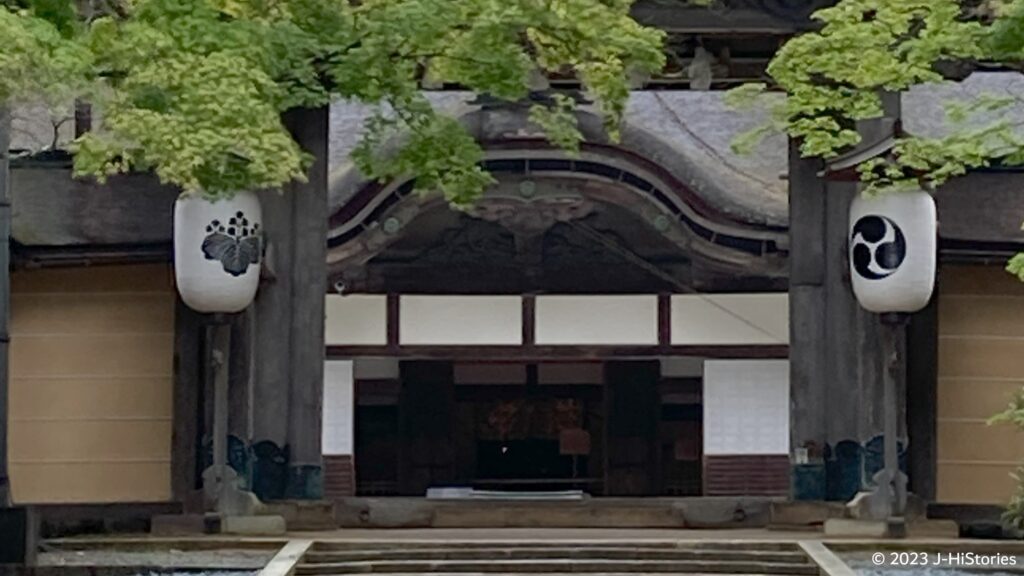
Koyasan is founded by Kukai. Why is it believed that Kukai is alive? What did Kukai wish for?
Koyasan Okunoin
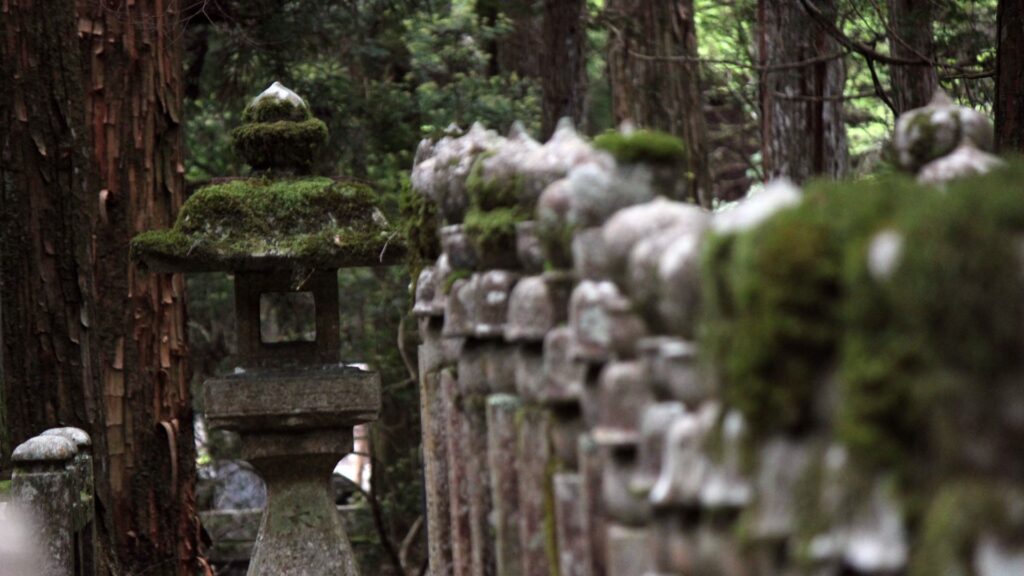
Why are there so many gravestones laid along the approach to Okunoin? Because they are awaiting Maitreya.
Hieizan Enryakuji
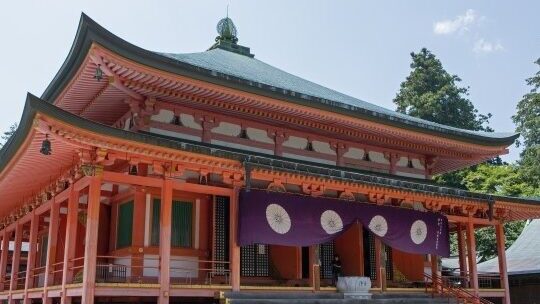
The Eternal Light has illuminated the world for over 1200 years. What's the hidden story that exists?
Chionin Temple

Chion-in is the head temple of the Jodo Sect, founded by Honen. The Sanmon is the largest wooden gate in Japan, located in Kyoto.
Shorenin Temple
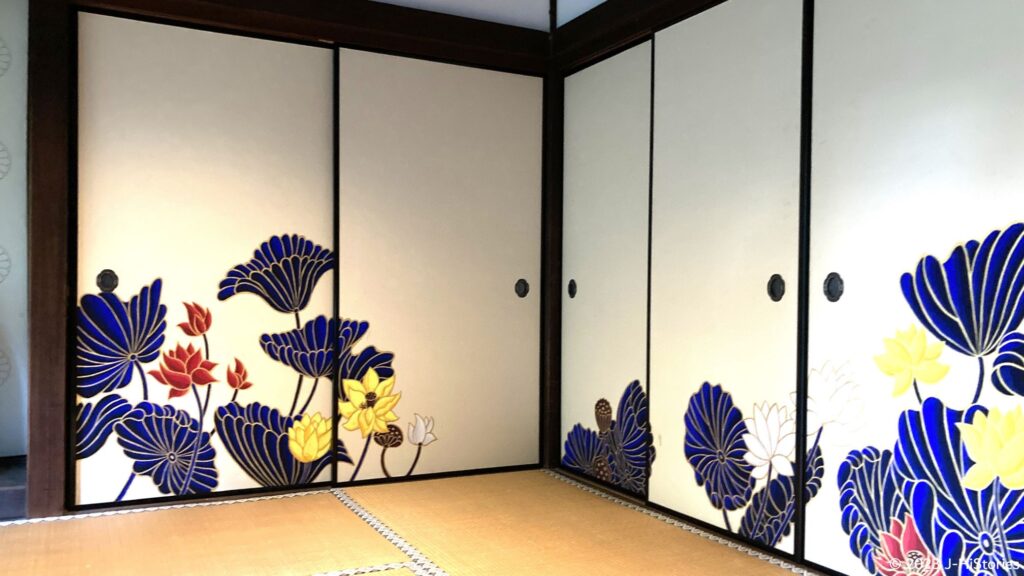
Camphor trees in front of the gate invite you to enter the temple. It sheltered revolutionary Honen and Shinran Buddhists. What was their belief?
Osaka Honganji Temple
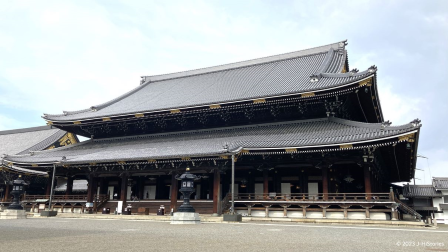
Honganji was split into the East & West Temples through the 10-year-long battle against a warlord, Oda Nobunaga. How did they survive, and why split?
Yoshizaki Temple
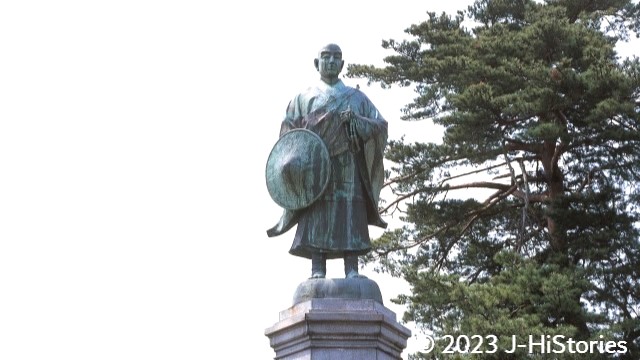
Rennyo Buddhist statue in front of the Yoshizaki Temple ruins. How did Rennnyo rebuild the Jodo Shinshu Sect in Buddhism? His strategy and tactics are amazing.
Kenninji Temple
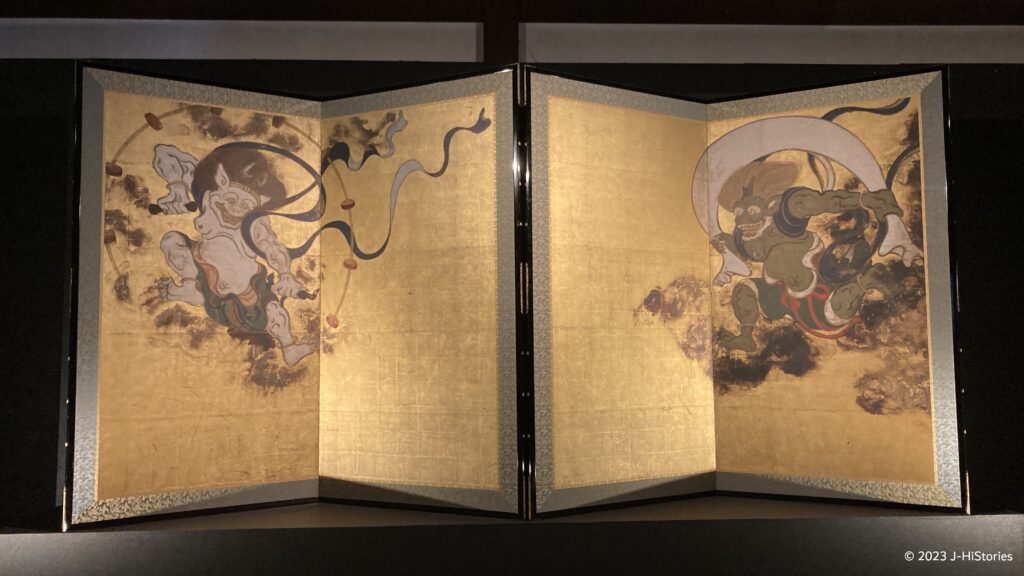
Buddhist Yosai built Kenninji as a center for the study of the three sects of Tendai, Shingon Esoteric, and Zen Buddhism. Why three?
Honpoji Temple
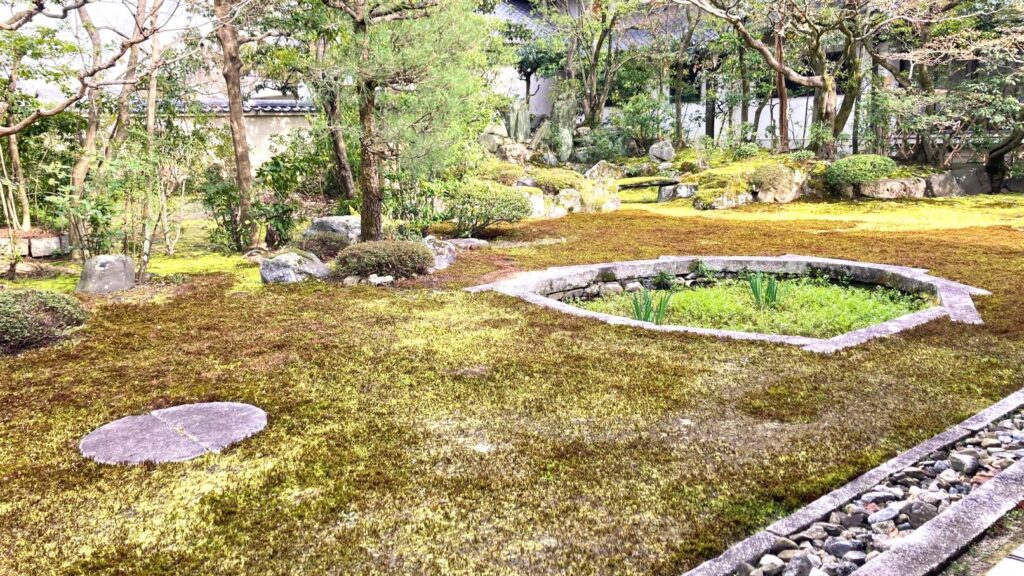
Hon’ami Kōetsu, a follower of the Hokke school of Nichiren Buddhism and a superior artist, created its garden for his big patron. One stone and a Lotus flowerbed express Nichi-Ren.
Eiheiji Temple
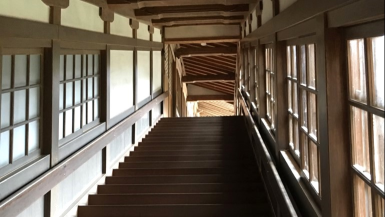
Buddhist Dogen built Eiheiji as a center for Soto Zen Training. Zazen meditation is a key practice of Soto Zen Buddhism.
Myokakuji Temple
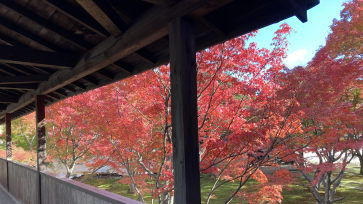
Nobunaga's Innovative Venue for Tea Ceremonies. Two Innovators, Nobunaga and Rikyu, were in Resonance here.
Temples of Turning Points in History
Asukadera Temple
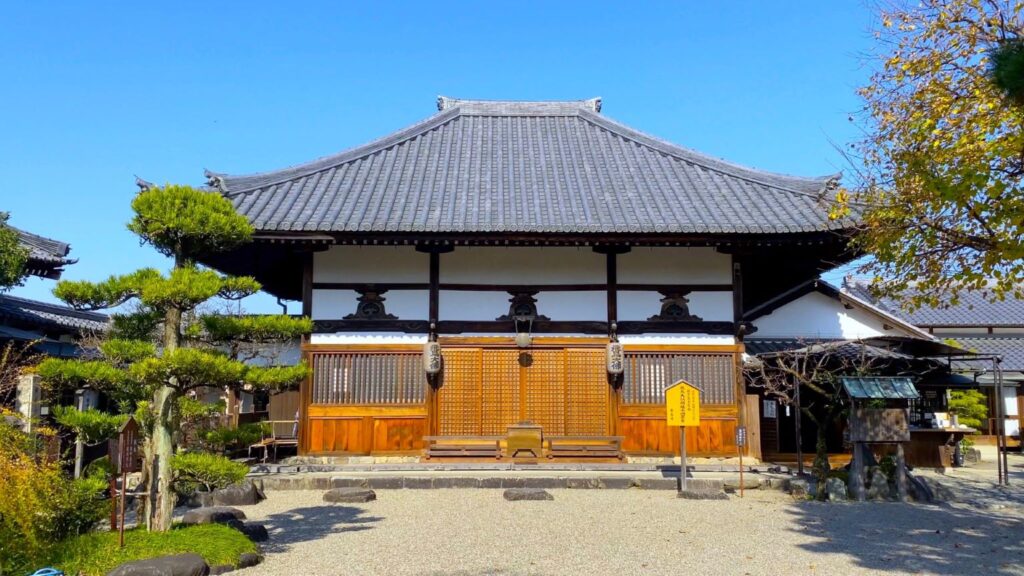
Asukadera is the first full-scale Buddhist temple in Japan to promote the establishment of an independent nation based on Buddhist teaching, led by Emperor Suiko, Prince Umayado, and General Soga Umako
Daikakuji Temple
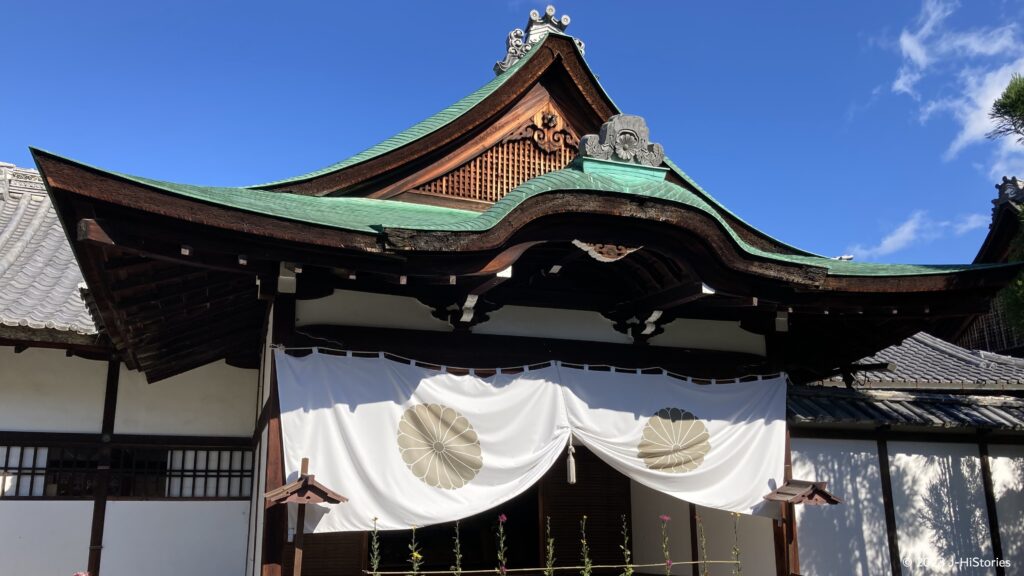
Daikakuji was originally a beloved detached villa of Emperor Saga, who laid the foundation for the nation in the early Heian period with Kukai's support. Noble elegance in every corner. Imperial Court Culture began here.
Konkai Komyoji Temple
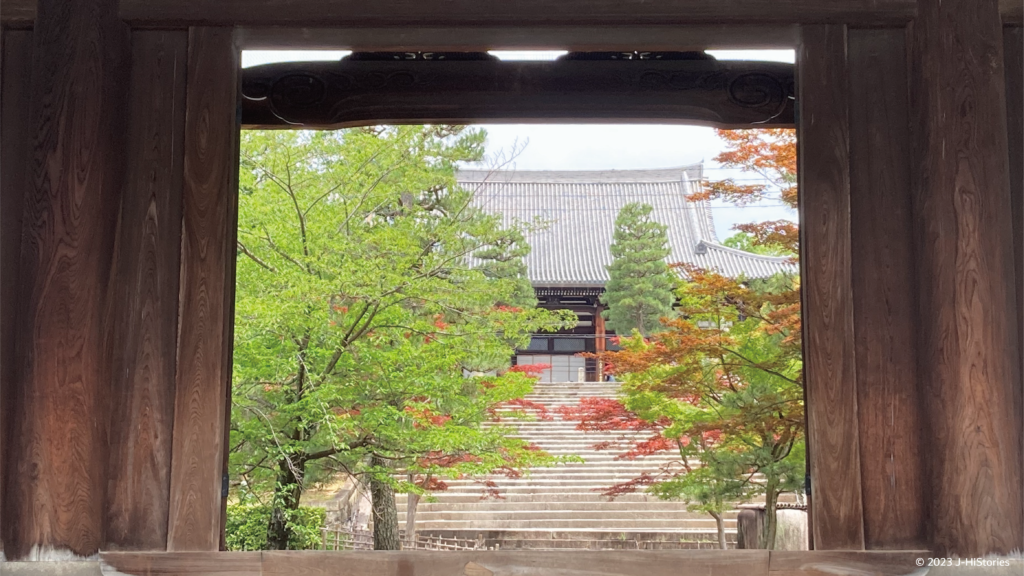
The sunset view offers a beautiful vermilion spectacle. It's similar to the strongest swordsmen, Shinsengumi's martyrs for the declining Tokugawa Shogunate.
Taichoro, Fukuzenji Temple
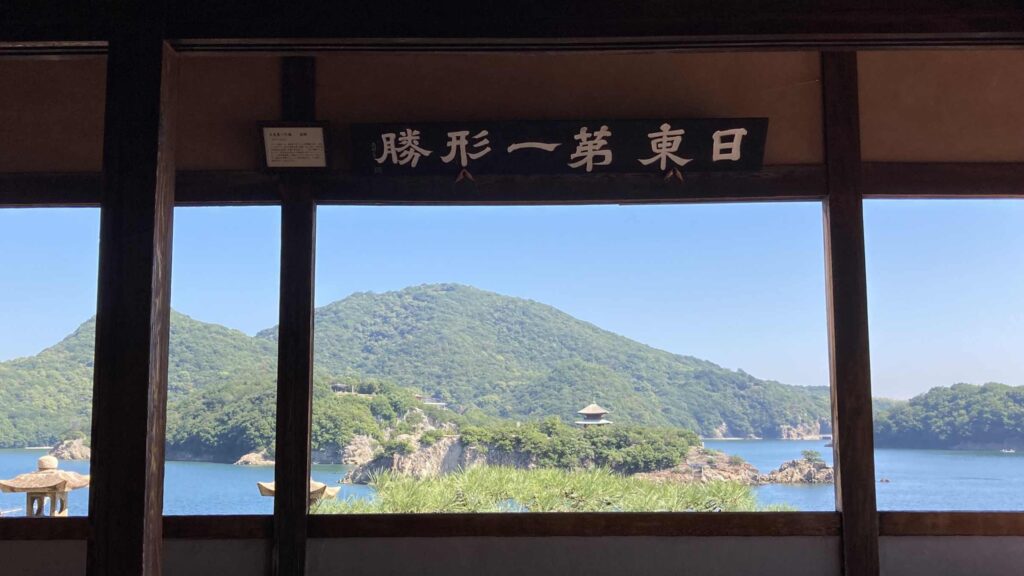
Taichoro: A reception hall for Korean envoys during the Edo period. The spectacular view of the Seto Inland Sea has no words to express its beauty.
Zen Temples in Kamakura
Kenchoji Temple
Engakuji Temple
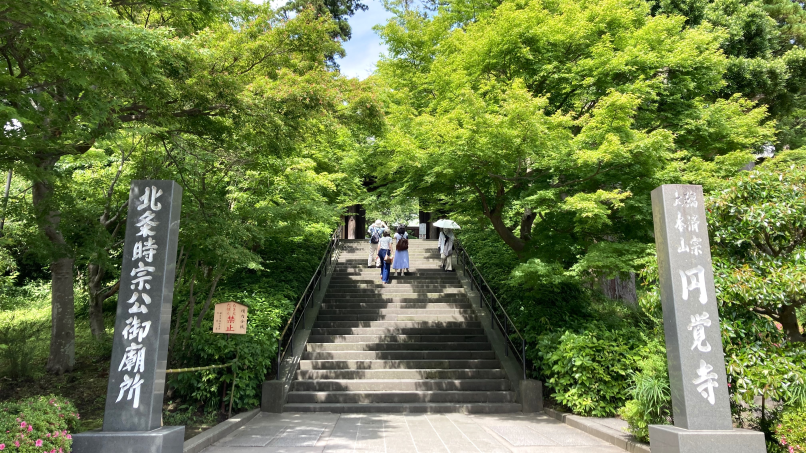
Engakuji was founded in 1282 by regent Hojo Tokimune after overcoming Mongol invasions, intending to protect Japan, promote Zen teachings, and mourn for all war victims on both sides.
The Evolution of Buddhism
The Beginning of Japanese Buddhism

Buddhism was introduced officially in Japan in 538 or 552 through the Korean peninsula. Buddhism started in the Asuka province of Nara prefecture in the 6th century by three key persons: Empress Suiko, Minister Soga Umako, and Prince Umayado. Working together, they aimed to establish the Ritsu-Ryo-code-based nation with Buddhism as its foundation and to be an independent nation without being a tributary nation of the Sui dynasty. Many temples were built in Nara, including Asukadera Temple, Japan's first large temple complex, Horyuji Temple, the oldest wooden structure in Japan, Tennoji Temple, and more.
Stabilize chaos with Buddhism (Kegon sect)
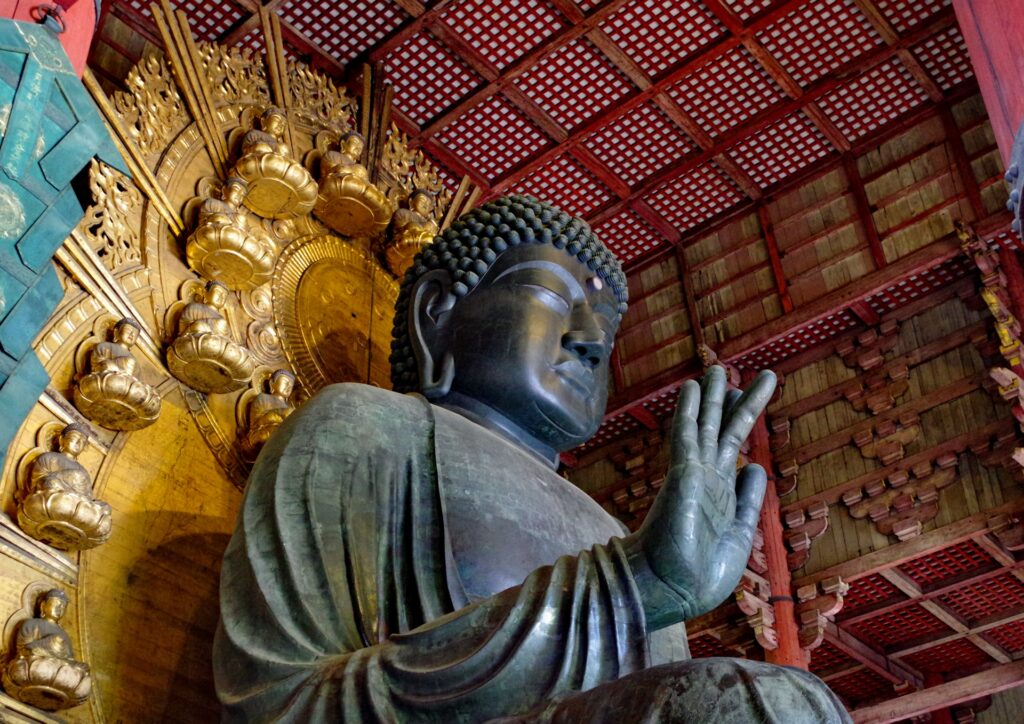
Suffering from earthquakes, eclipses, a smallpox epidemic, and numerous political upheavals during the Nara period (710-794), Emperor Shomu took measures to stabilize and protect the nation with the help of the Buddha. Therefore, he built the Todaiji Temple and the Great Buddha in the center of the capital. With Todaiji as the head temple, he established provincial temples called Kokubunji and Kokubuninji in about 60 regions throughout Japan, to pacify and protect the nation by spreading Kegon Buddhism to every corner of the country. In a sense, it was a Buddhist network of Todaiji at the top connected with these provincial temples. As the monks pursued and implemented strict doctrines, including theories and precepts, politics and Buddhism became closely aligned.
Elite Saicho and Genius Kukai paved the way for Saving People (Tendai and Shingon sects)

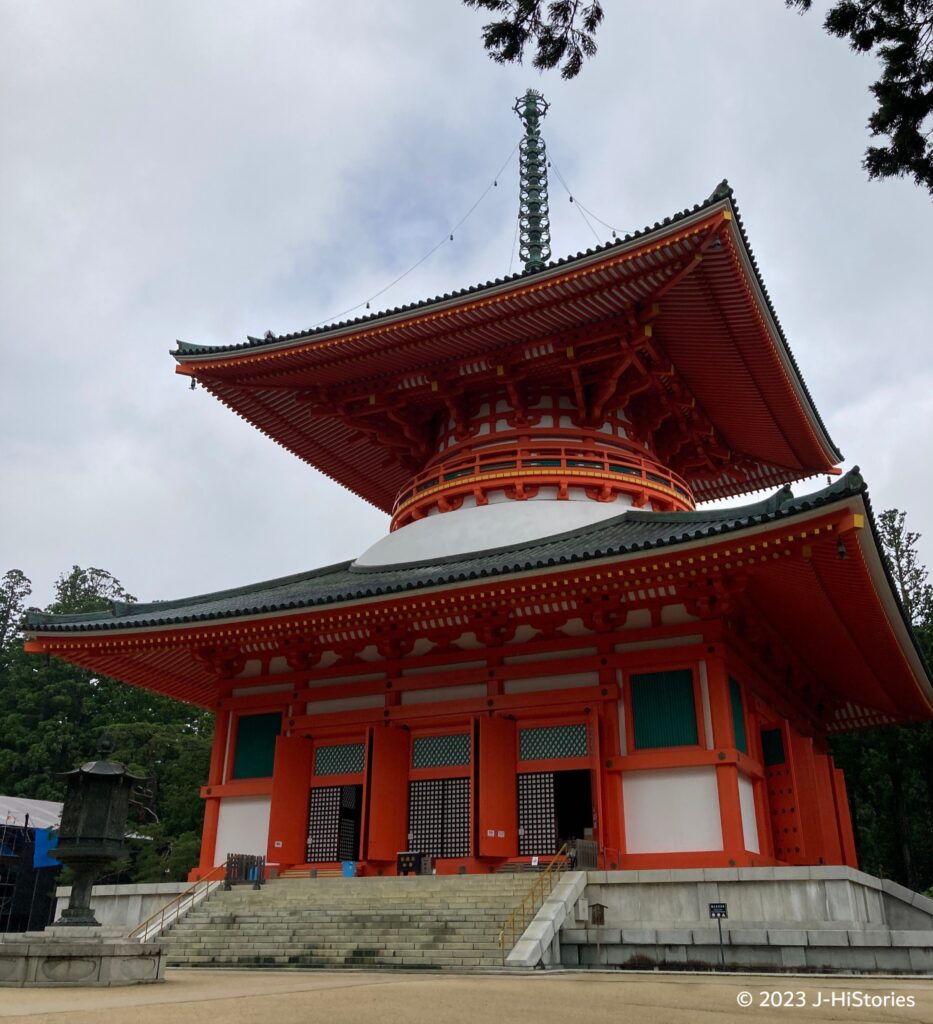
In the Heian period (794-1185), politically Buddhism had become powerful. Two young monks, Saicho and Kukai, think about the necessity of Buddhism to save not only the nation but also the people and society itself a little more. After studying Buddhism in the Tang Dynasty, they each entered into ascetic training in the deep mountains. Saicho established the Tendai sect on Mount Hiei, and Kukai established Shingon esoteric Buddhism on Mount Koya. Saicho formulated the unique theory that "all mountains, rivers, plants, and trees become fully realized Buddhas." In other words, all things, such as even flowers in the field, can become Buddhas. He was involved in a heated debate with the sects in Nara, led by Todaiji Temple, and died with a broken heart, unable to establish his own Kaidan (ordination platform) while he was still alive. On the other hand, Kukai cherished the idea of "Sokushin-Jobutsu," or that being born in this world is itself a Buddha. Kukai's Shingon Esoteric Buddhism was supported by emperors and aristocrats who sought benefits in this world (such as healing illnesses and dispelling vengeful spirits). Under the patronage of Emperor Saga, he was granted Mount Koya to build its complex. He also established a three-dimensional mandala at Toji Temple near the Heian-Kyo capital, which is an easy-to-understand expression of Shingon Esoteric Buddhism.
Intently chanting, then anyone can be saved(Jodo and Jodo Shinshu sects)
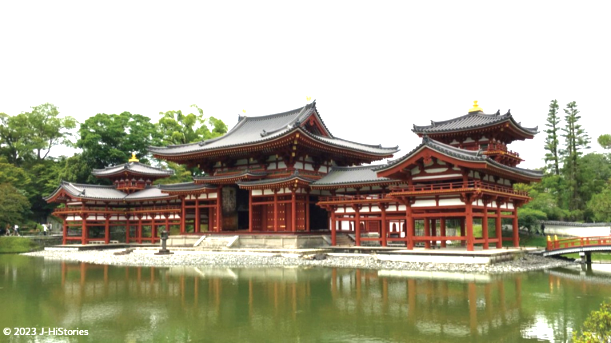
Around the middle of the Heian period (794-1185), the pessimism called "mappo" was widely believed, that the power of Buddha had weakened and people could not be saved in this world, putting people in a state of fear. Wishing for rebirth in the Pure Land of Ultimate Bliss, the aristocrats began to build temples one by one. One famous temple is the Byodoin Temple in Kyoto. As the Genpei War broke out in 1180, the battles were expanded throughout the nation. Adding famine, "live in hell and die in hell" was the daily life for many people, such as farmers. Mappo had become a reality. Under such situations, Honen founded the Jodo sect and Shinran founded the Jodo Shinshu sect as the "Buddhism of salvation". Its doctrine is that people can be saved by Buddhist chanting. The head temple of the Jodo sect is Chion-in, and the head temple of the Honganji school of the Jodo Shinshu sect is Nishi Honganji. The head temple of the Otani school is Higashi Honganji, both located in Kyoto, since they have been split into the east and west temples.
Blooming of Buddhism of Zen for Samurai (Soto and Rinzai sects)
During the Kamakura period (1185-1333), when samurai warriors rose to the forefront of politics, Yosai and Dogen returned to Japan after studying Zen Buddhism in the Sung Dynasty. Yosai founded the Rinzai sect, which was associated with the samurai regimes of the Kamakura and Muromachi Shogunates. Five great temples were established in Kyoto and Kamakura, respectively (*). Its doctrine is that the human mind is pure, beautiful, and great. Therefore, he promoted Zazen (Zen sitting meditation) to recover the great mind we have forgotten in our daily lives. On the other hand, Soto Zen, founded by Dogen, believed that sitting (zazen) itself was a form of enlightenment and found the same value in daily activities. Eiheiji Temple was built as the practice center. After studying with Dogen, Keizan spread Dogen’s teachings and opened the Sojiji Temple. With this, Eiheiji and Sojiji stand as the two head temples of the Soto sect.
(*) Kyoto; Nanzen-ji, Tenryu-ji, Shokoku-ji, Kennjn-ji, Tofuku-ji, and Manju-ji / Kamakura; Kencho-ji, Engaku-ji, Jufuku-ji, Jochi-ji, and Jomyo-ji
